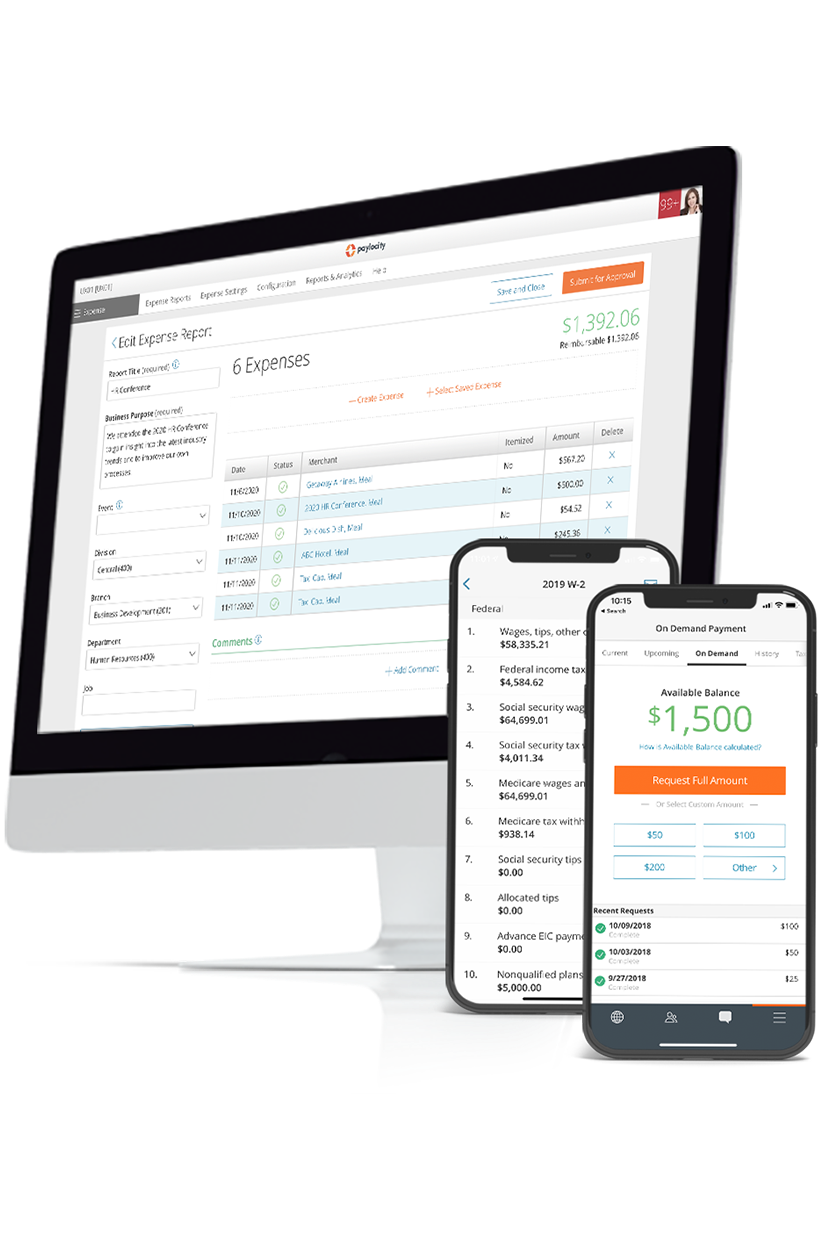Working Capital Management
Summary Definition: The ongoing, strategic oversight of a company's immediate financial resources and obligations to sustain its operations, guarantee ample liquidity, and sustain profitability.
What is the Meaning of Working Capital Management?
Working capital management refers strategically handling a company’s short-term assets and liabilities to meet its day-to-day operational expenses while maintaining financial health.
Effective management safeguards liquidity, enhances operational efficiency, and contributes to sustained profitability.
Particularly, organizations navigating fluctuating expenses, seasonal demand cycles, or supplier cost variability need robust capital management, making it a core consideration when evaluating any procurement or spend management provider.
Key Takeaways
- Working capital management is the strategic oversight of a company’s short-term assets and liabilities to maintain sufficient liquidity for daily operations and overall financial stability.
- Management approaches usually involve analyzing certain financial ratios (e.g., quick ratio, inventory turnover, etc.) to assess liquidity, identify inefficiencies, and guide strategic decision-making.
- Leveraging integrated procurement and spend management software enhances visibility, control, and efficiency across the working capital lifecycle.
Why is Management of Working Capital Important?
Without a strong capital management approach, companies risk liquidity shortfalls, delayed growth initiatives, and unnecessary financing costs. However, organizations that effectively manage their working capital can maximize various financial benefits, including:
- Cash Flow Stability: Ensuring the availability of sufficient liquid assets helps businesses cover short-term obligations, from supplier payments to operational expenditures. This financial readiness minimizes the risk of operational disruptions.
- Cost Reductions: A streamlined working capital structure can lead to lower interest expenses, fewer inventory carrying costs, and reduced reliance on high-cost, short-term financing options.
- Profitability Gains: By improving the turnover of assets such as inventory or receivables, businesses can free up cash and reinvest it more productively, leading to improved returns and stronger margins.
These advantages, among others, are closely tied to the tools and strategies businesses use, particularly in areas like procurement, accounts payable, and inventory control. This is why many organizations partner with or purchase working capital management software to bring precision and automation to their management efforts.
Working Capital Management Core Components
Working capital is commonly viewed as the difference between current assets and liabilities. An imbalance between the two, particularly liabilities outweighing assets, can signal liquidity troubles or operational inefficiencies.
| Core Component | Component Details | Component Examples |
| Current Assets | Resources the business expects to convert into cash within a year. |
|
| Current Liabilities | Obligations the business must settle within one year. |
|
Working Capital Management Ratios
Understanding working capital performance often starts with analyzing a few key ratios to help assess a company’s ability to operate smoothly and manage liquidity risks.
| Ratio | Ratio Formula | Ratio Details |
| Current Ratio | Current Assets ÷ Current Liabilities |
A ratio above one generally indicates sufficient assets to cover liabilities, though excessively high ratios may suggest idle resources.
|
| Quick Ratio | (Cash + Accounts Receivables + Marketable Securities) ÷ Current Liabilities |
Excludes inventory to give a more conservative view of liquidity, which is helpful for businesses with slow-moving inventory or long production cycles.
|
| Inventory Turnover Ratio | Cost of Goods Sold ÷ Average Inventory | Higher turnover can indicate efficient inventory management, but overly high rates may suggest understocking. |
| Accounts Receivable Turnover Ratio | Net Credit Sales ÷ Average Accounts Receivable | Reflects how quickly receivables are collected. Improving this ratio boosts cash flow and reduces reliance on financing. |
Management Improvement Strategies
Business leaders aiming to improve their working capital management approach have several potential options, including:
- Inventory Optimization: Implement demand forecasting, just-in-time procurement, or automated reordering systems to avoid over- and understocking. This reduces holding costs while maintaining service levels.
- Accelerated Receivables Collection: Streamline invoicing and collections processes with automated reminders, early payment incentives, and electronic payment options.
- Improved Payables Management: Carefully negotiate supplier payment terms to retain cash longer without damaging vendor relationships. Some procurement platforms support dynamic discounting and payment scheduling.
- Controlled Spending: Leveraging a centralized spend management system can curb unauthorized or noncompliant expenses and align spending with budget controls.
- Selective Use of Short-Term Financing: Short-term financing options (e.g., lines of credit) can provide relief when organizations need additional liquidity but should be used strategically to avoid excessive interest costs or cash flow pressure.
Working Capital Management Best Practices
Even well-established capital management systems require dedicated support and best practice measures, such as:
- Leveraging robust accounts payable and procurement tools that easily integrate with existing systems or related processes (e.g., expense management, payroll, enterprise resource planning (ERP), etc.).
- Establishing clear, consistent management policies and procedures, such as guidelines for inventory management, accounts receivable collections, and short-term financing.
- Developing working capital budgets that monitor capital performance, identify potential issues, and easily report important data to leadership.
- Include various organizational stakeholders (e.g., financial analysts, accountants, etc.) in capital management monitoring, reporting, and strategizing.

Save Time with Stress-Free Payroll Solutions
Payroll doesn’t have to be complicated, but it does have to be right. Stay compliant, collect employee data, and streamline tax filing – all while putting time back in your day with our automated payroll software. With the assurance of an error-free workflow, you can get back to what matters most – your people. Learn how our modern solutions get you out of the tactical and back to focusing on the bigger picture.